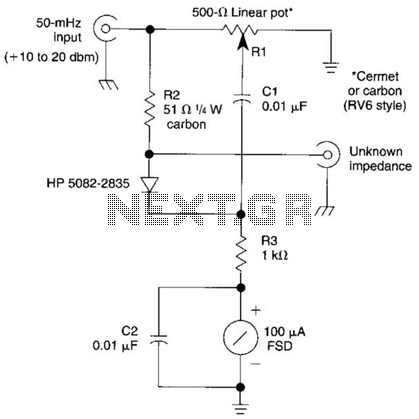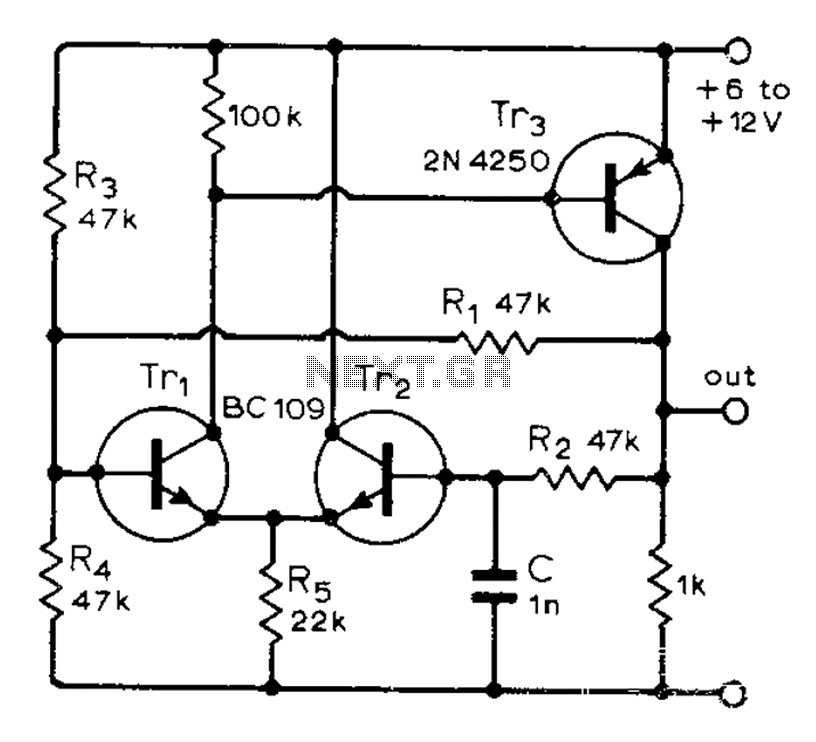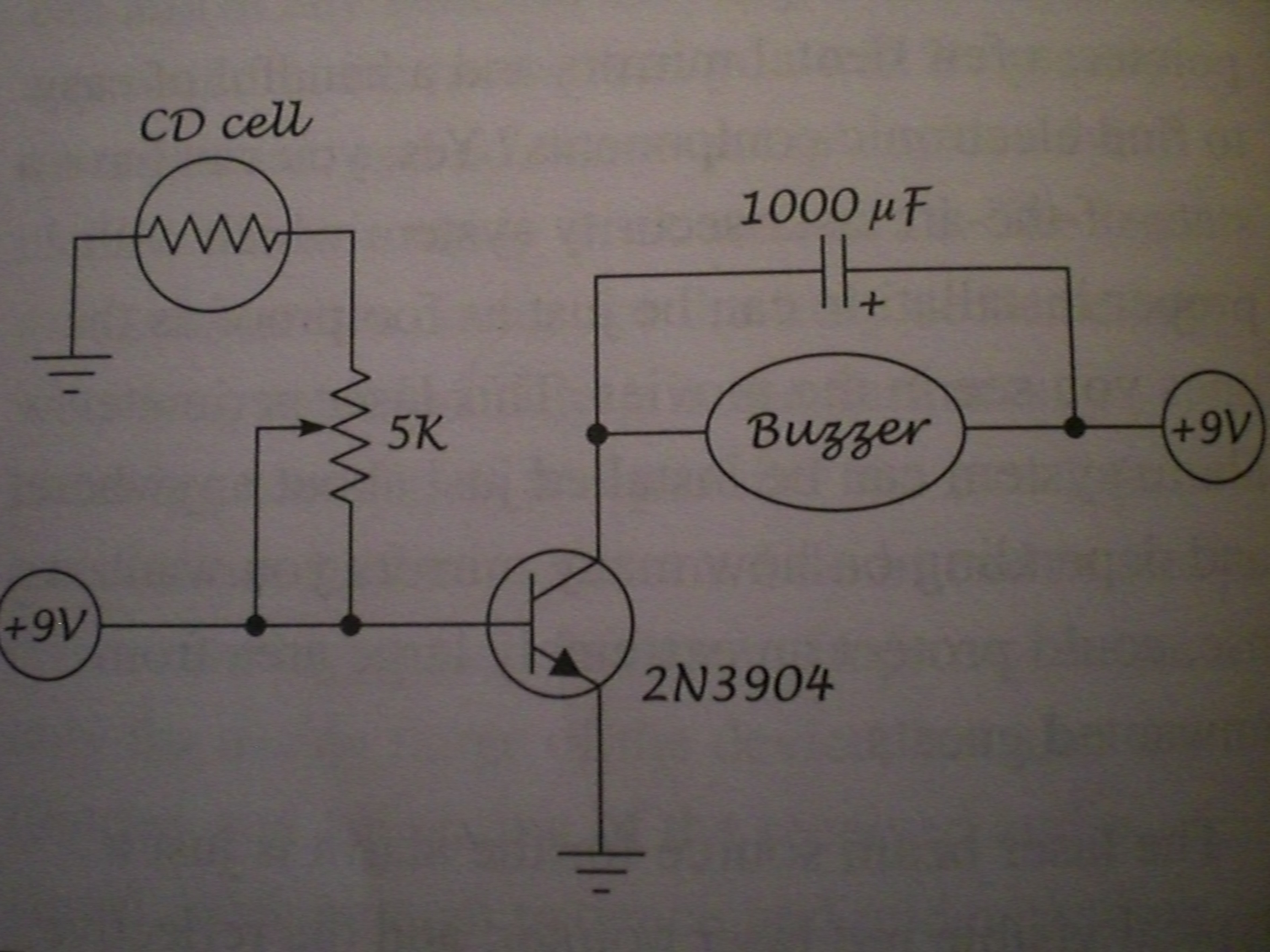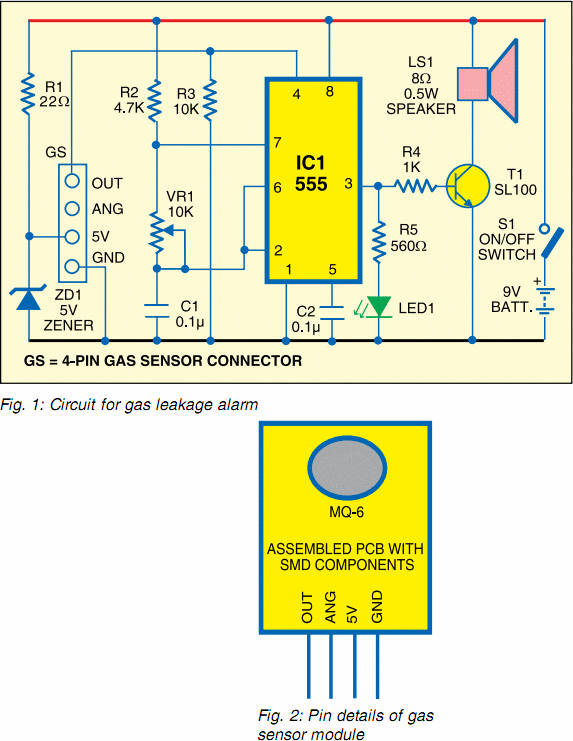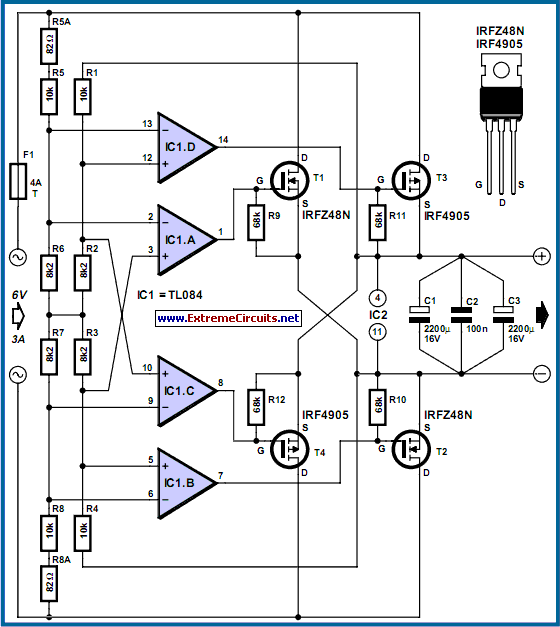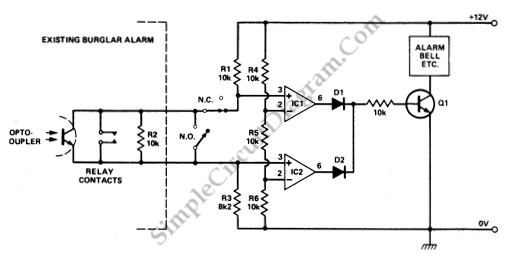
linearize single arm wheatstone bridge output
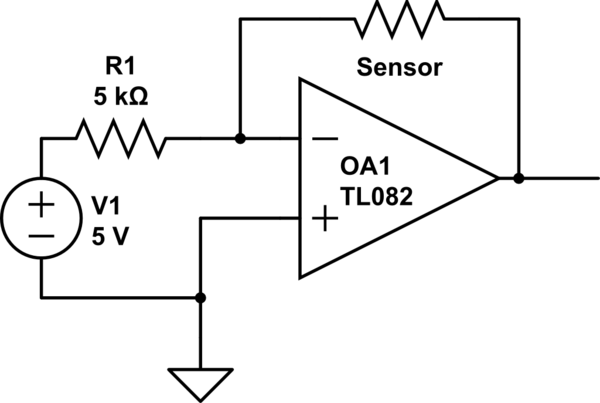
The installation involves a solid-state OEM water depth sensor designed for continuous fluid level measurement. This sensor outputs a resistive signal that is inversely proportional to the liquid level: as the liquid level decreases, the output resistance increases, and vice versa. The objective is to monitor overland water flow depth during winter conditions in Ontario. Previous attempts to use a sonic sensor were unsuccessful due to the small pipe diameters. Pressure transducers are also unsuitable, as they can freeze and fail to provide accurate measurements when encased in ice. The overland water flow will be monitored in situ on agricultural fields, allowing for water sample collection when flow occurs. The sensors, along with a data logger powered by a 12V deep cycle battery, will be installed at various sites. The data logger is capable of measuring voltage up to 5V. There is a noted lack of recent experience in electronics, with prior knowledge limited to a few courses and self-training. Research has indicated the use of Wheatstone bridges for converting resistance to voltage; however, the resulting output from a one-arm bridge will not be linear. A one-arm Wheatstone bridge configuration with an operational amplifier (op-amp) has been identified to linearize the output, though the specific type of op-amp and resistance values remain uncertain.
The circuit design for the water depth sensor system can be structured as follows. The solid-state sensor will be connected to a one-arm Wheatstone bridge configuration. The output from the sensor will be connected to the bridge, where the resistance change due to liquid level variations will affect the voltage output at the bridge's output node. To linearize this output, an operational amplifier will be employed in a non-inverting configuration.
The op-amp will be powered by the same 12V supply as the data logger, ensuring compatibility across the system. The feedback resistor and the input resistor of the op-amp will need to be carefully selected to achieve the desired gain and linearity of the output voltage relative to the sensor's resistance.
To implement the Wheatstone bridge, two fixed resistors will be used alongside the variable resistance of the sensor. The output voltage from the bridge can be calculated using the formula:
\[ V_{out} = V_{in} \left( \frac{R_2}{R_1 + R_2} - \frac{R_{sensor}}{R_3 + R_{sensor}} \right) \]
where \( V_{in} \) is the supply voltage, \( R_1 \) and \( R_2 \) are the fixed resistors, and \( R_3 \) is another fixed resistor in the bridge. The choice of these resistors will directly influence the sensitivity and the range of the sensor output.
The output from the op-amp can then be fed into the data logger, which will convert the analog voltage signal into a digital format for further processing or data logging. Calibration of the entire system will be necessary to correlate the voltage output to actual water depth measurements accurately. This calibration can be achieved by measuring known water levels and adjusting the resistors in the circuit or the gain of the op-amp accordingly.
In summary, careful consideration of the sensor's characteristics, the Wheatstone bridge configuration, and the op-amp selection will be crucial for the successful implementation of this water depth monitoring system.Installing a water depth OEM sensor that is a solid state, continuous fluid level sensor. The sensor provides a resistive output that is inversely proportional to the level of the liquid: the lower the liquid level, the higher the output resistance; the higher the liquid level, the lower the output resistance. We are trying to monitor overlan d water flow depth during the winter (Ontario). We loomed into using a sonic sensor that does not require to be submerged under water but it does not work because of the small pipe diameters. Pressure transducers do not work since they cannot be frozen or the sensors that can be frozen will not give us a measurement if it is frozen in a little bit of ice.
The overland water flow is being measured in-situ on a farm fields where can collect water samples when the over land flow occurs. The sites we are installing this sensors as well as a couple of other sensors and a data logger that will all run off of a 12v deep cell battery.
The data logger I am using can measure voltage + 5v. My electronics is very rusty since I have not used it for a long time. And the times when I used it was base on a couple of courses along within self training. I have researched a number of websites and found a lot of information on wheatstone bridges that I can use to convert the resistance to voltage. But since this will be a one arm bridge the voltage output will not be linear. I also found a one arm wheatstone with an op-amp connected to linearize the output, but I do not know type of op-amp and resistances.
🔗 External reference
The circuit design for the water depth sensor system can be structured as follows. The solid-state sensor will be connected to a one-arm Wheatstone bridge configuration. The output from the sensor will be connected to the bridge, where the resistance change due to liquid level variations will affect the voltage output at the bridge's output node. To linearize this output, an operational amplifier will be employed in a non-inverting configuration.
The op-amp will be powered by the same 12V supply as the data logger, ensuring compatibility across the system. The feedback resistor and the input resistor of the op-amp will need to be carefully selected to achieve the desired gain and linearity of the output voltage relative to the sensor's resistance.
To implement the Wheatstone bridge, two fixed resistors will be used alongside the variable resistance of the sensor. The output voltage from the bridge can be calculated using the formula:
\[ V_{out} = V_{in} \left( \frac{R_2}{R_1 + R_2} - \frac{R_{sensor}}{R_3 + R_{sensor}} \right) \]
where \( V_{in} \) is the supply voltage, \( R_1 \) and \( R_2 \) are the fixed resistors, and \( R_3 \) is another fixed resistor in the bridge. The choice of these resistors will directly influence the sensitivity and the range of the sensor output.
The output from the op-amp can then be fed into the data logger, which will convert the analog voltage signal into a digital format for further processing or data logging. Calibration of the entire system will be necessary to correlate the voltage output to actual water depth measurements accurately. This calibration can be achieved by measuring known water levels and adjusting the resistors in the circuit or the gain of the op-amp accordingly.
In summary, careful consideration of the sensor's characteristics, the Wheatstone bridge configuration, and the op-amp selection will be crucial for the successful implementation of this water depth monitoring system.Installing a water depth OEM sensor that is a solid state, continuous fluid level sensor. The sensor provides a resistive output that is inversely proportional to the level of the liquid: the lower the liquid level, the higher the output resistance; the higher the liquid level, the lower the output resistance. We are trying to monitor overlan d water flow depth during the winter (Ontario). We loomed into using a sonic sensor that does not require to be submerged under water but it does not work because of the small pipe diameters. Pressure transducers do not work since they cannot be frozen or the sensors that can be frozen will not give us a measurement if it is frozen in a little bit of ice.
The overland water flow is being measured in-situ on a farm fields where can collect water samples when the over land flow occurs. The sites we are installing this sensors as well as a couple of other sensors and a data logger that will all run off of a 12v deep cell battery.
The data logger I am using can measure voltage + 5v. My electronics is very rusty since I have not used it for a long time. And the times when I used it was base on a couple of courses along within self training. I have researched a number of websites and found a lot of information on wheatstone bridges that I can use to convert the resistance to voltage. But since this will be a one arm bridge the voltage output will not be linear. I also found a one arm wheatstone with an op-amp connected to linearize the output, but I do not know type of op-amp and resistances.
🔗 External reference
